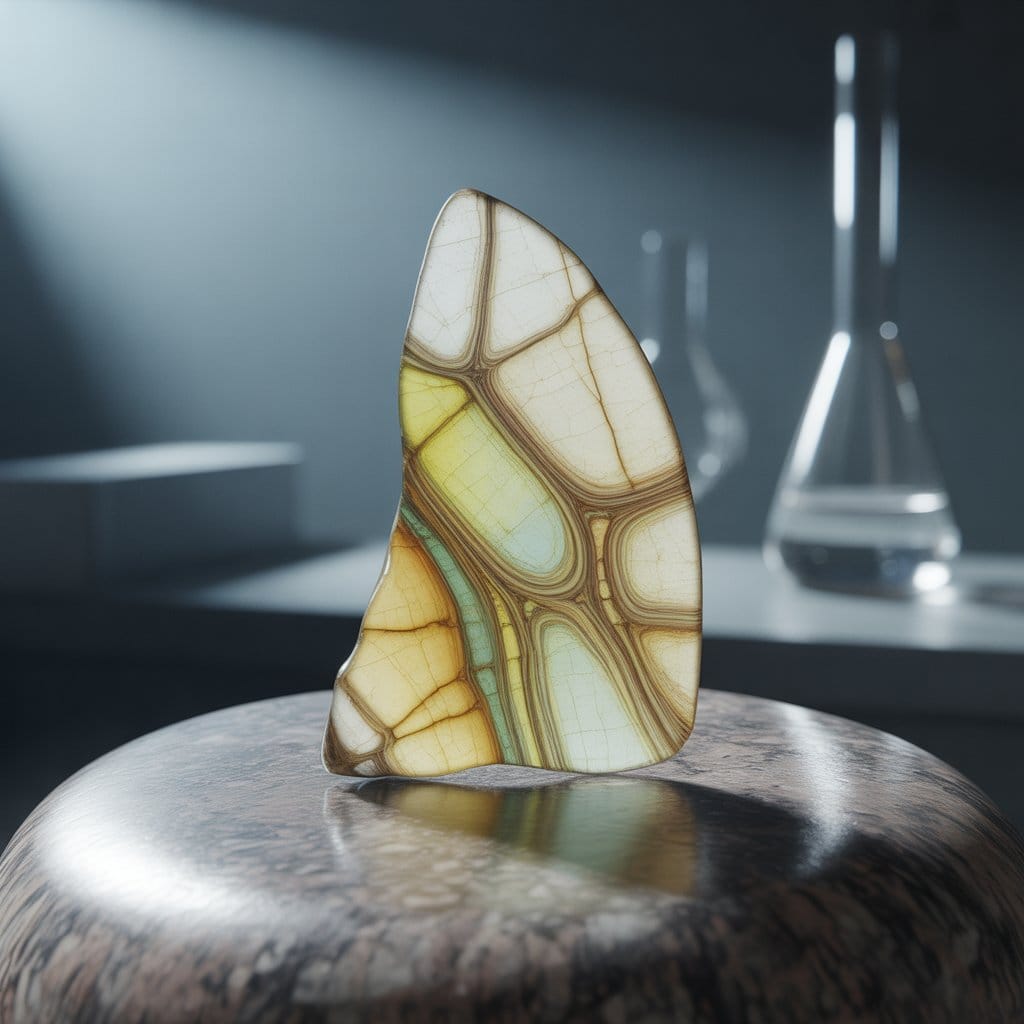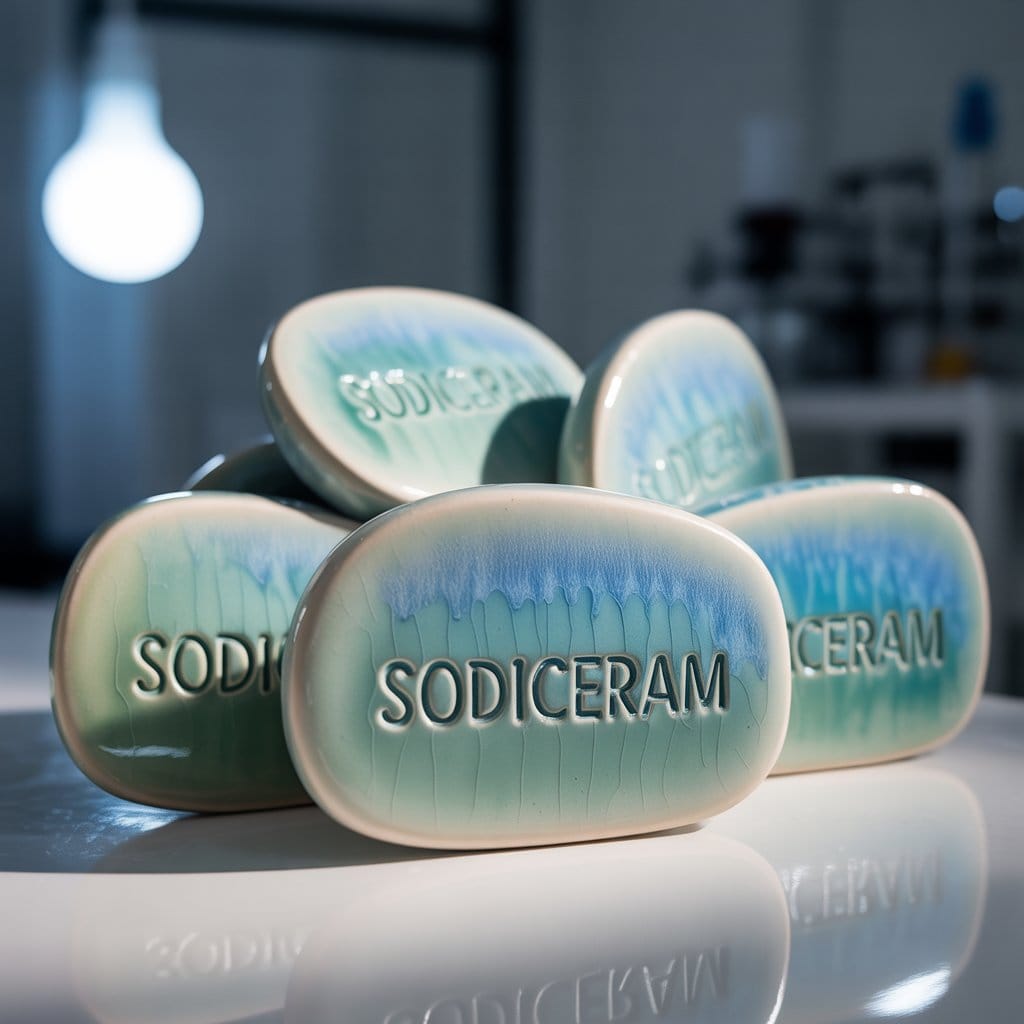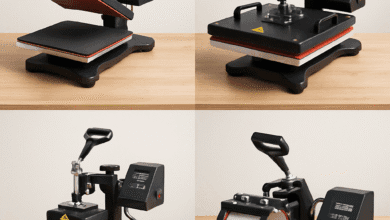Sodiceram ceramics are pushing the boundaries of what we expect from traditional materials. By combining ceramic strength with sodium-based compounds, Sodiceram brings durability, heat resistance, and versatility to a whole new level. This integration creates ceramics that can perform under extreme conditions without losing their integrity. Whether it’s in industrial equipment or high-performance electronics, these ceramics are proving to be reliable and efficient.
What sets Sodiceram apart is its smart design. The sodium compound isn’t just added for show—it plays a key role in improving thermal stability and reducing the energy needed for production. This makes it both cost-effective and environmentally friendly. As industries move toward more sustainable, high-performance materials, Sodiceram is quickly becoming a go-to solution for modern manufacturing challenges.
The Benefits of Using Sodium-Based Compounds in Ceramics
Sodium-based compounds bring some major benefits to ceramic production. For starters, they help lower the melting point during the firing process. That means manufacturers can save energy and reduce production costs—without sacrificing quality. Sodium also improves the glassy phase of ceramics, giving them a smoother, more polished surface finish that’s ideal for both function and appearance.
Beyond looks and energy savings, sodium enhances the ceramic’s resistance to thermal shock. That means these materials can handle sudden temperature changes without cracking, which is critical in demanding environments like kilns or engines. It also improves bonding within the ceramic structure, making the final product more durable and longer-lasting. These small chemical adjustments make a big difference in the finished material.
Types of Ceramics Produced with Sodiceram
Sodiceram is used to create several types of ceramics, each designed for different applications. Technical ceramics are one of the main products—they’re used in fields like electronics, aerospace, and automotive engineering due to their exceptional heat and wear resistance. These materials often serve as insulators or components that need to perform under extreme stress.
There are also structural ceramics, like tiles, pipes, and bricks, that benefit from the added strength and weather resistance that sodium brings. In healthcare, bio-ceramics made with Sodiceram are used in dental and orthopedic applications thanks to their biocompatibility. Even decorative glazed ceramics get an upgrade in finish and durability. With each type, sodium compounds fine-tune the performance in ways traditional ceramics can’t match.
Read Also: How Eight Sleep Can Help You
Applications of Sodiceram in Various Industries
Sodiceram ceramics are making waves across multiple industries due to their enhanced capabilities. In aerospace, they’re valued for their ability to withstand extreme heat, especially in engine parts and thermal shields. In electronics, they serve as insulators and essential components for high-performance devices that generate a lot of heat.
The automotive sector is another key area where Sodiceram is used, particularly in components exposed to heat and friction. In construction, bricks and tiles made with Sodiceram offer superior strength and longevity. Even medical fields benefit from sodium-infused ceramics in prosthetics and implants. Thanks to their adaptability and reliability, Sodiceram products are becoming a trusted choice across countless industries.

Advantages and Limitations of Sodiceram
The benefits of Sodiceram are easy to appreciate. Its sodium content lowers firing temperatures, saving energy and reducing production costs. It also improves thermal resistance and toughness, making it suitable for challenging environments. From medical to industrial uses, Sodiceram delivers dependable performance, often outlasting traditional ceramic options.
That said, there are a few limitations to consider. Some sodium-based ceramics may absorb moisture, which can be a problem in humid environments if not treated properly. Also, they may not be ideal for every application—precision in the chemical formulation is crucial. While Sodiceram is a strong choice overall, its full potential depends on smart usage and proper handling.
Future Innovations and Potential for Sodiceram
The future of Sodiceram looks bright, especially as materials science continues to evolve. Researchers are developing ways to fine-tune sodium integration, improving performance even further. New manufacturing methods may allow for even more efficient production, and the potential for sodium-enhanced nano-ceramics could open doors to self-healing or ultra-lightweight materials.
Sustainability is another big factor driving innovation. As industries push for eco-friendly options, Sodiceram’s lower energy requirements and long life span make it a prime candidate. We may also see new uses in renewable energy, such as in high-performance batteries or solar technology. With a solid foundation and ongoing R&D, Sodiceram is poised to play a big role in the next generation of advanced materials.
Read Also: Is Counterforce Health Legit
Conclusion: Why Sodiceram Is the Future of Ceramics
Sodiceram is more than a new ceramic—it’s a smarter, more efficient material built for today’s world. Its blend of strength, heat resistance, and cost efficiency makes it a powerful tool across multiple industries. From electronics to construction, it’s helping manufacturers create better products with less environmental impact.
As demand grows for sustainable, high-performance materials, Sodiceram checks all the right boxes. It adapts to complex environments and offers the kind of reliability engineers and designers can trust. The future of ceramics is here—and it’s sodium-enhanced, efficient, and ready to meet the challenges ahead.
FAQs
Q: What makes Sodiceram different from traditional ceramics?
A: Sodiceram incorporates sodium compounds, which improve heat resistance, strength, and production efficiency.
Q: Is Sodiceram safe for use in medical devices?
A: Yes, certain types of Sodiceram are biocompatible and used in implants and dental applications.
Q: Can Sodiceram handle high temperatures?
A: Definitely. It’s widely used in aerospace and automotive components for its thermal stability.
Q: Is Sodiceram eco-friendly?
A: Yes, it requires less energy during production and is more durable, reducing waste over time.
Q: Where is Sodiceram used most often?
A: You’ll find it in aerospace, construction, electronics, medical devices, and even renewable energy tech.






